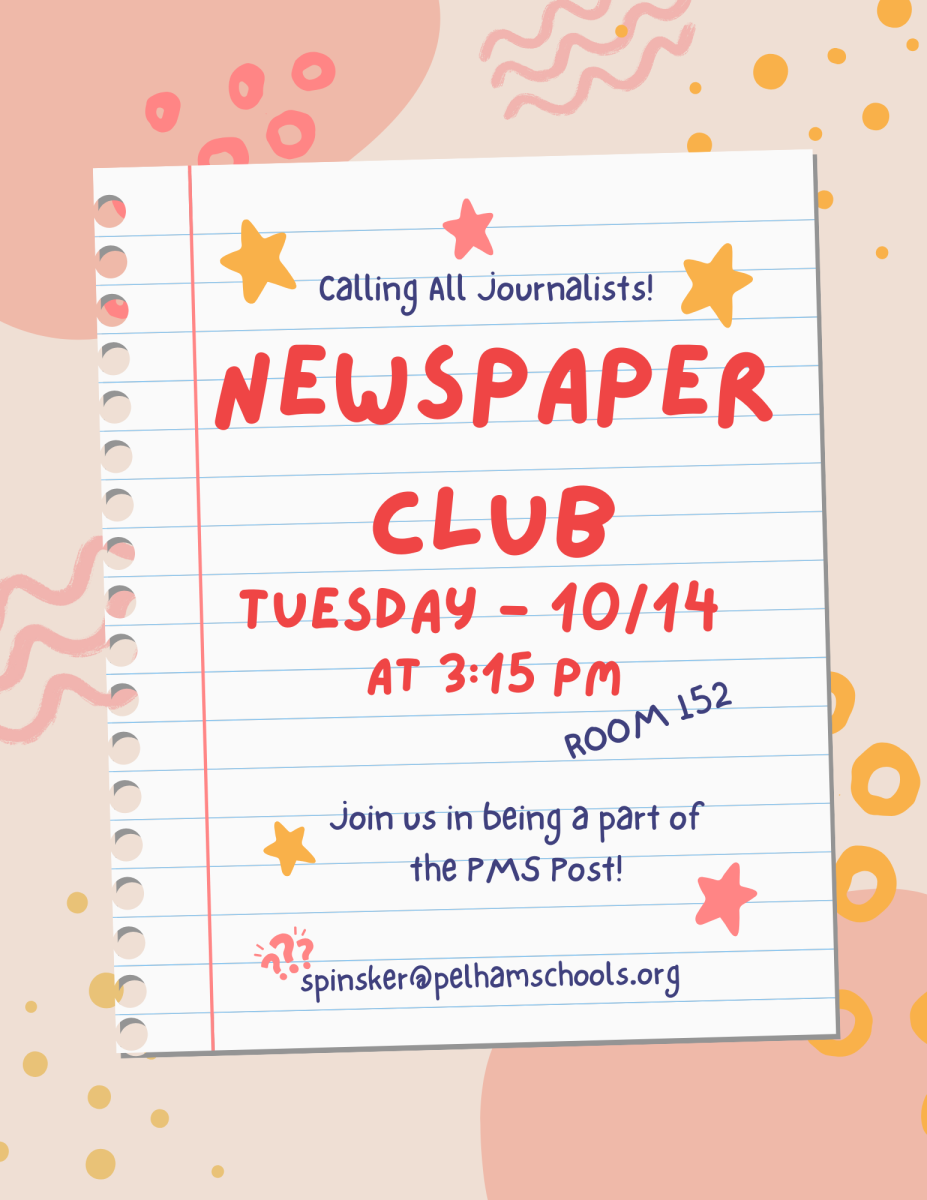
Hannah may seem like an adorable grandmother at first, but plenty is hidden behind her blinding smile. In 1938, Hannah Holsten was born in Nuremberg, Germany. She was born into a Jewish family of five and attended school until first grade when Hitler’s party advanced to authority. This was a span when the Nazis began to distribute propaganda, marketing Jews and others as a scapegoat for all of Germany’s problems. At first, things were undersized, but even little Hannah had noticed. A close friend turned her back on Hannah, calling her names and no longer willing to continue their friendship because Hannah was a part of the Jewish faith. This miniature act in Hannah’s life sparked a true understanding of the Nazi Party, even as a child. Little known, Hannah and her family’s lives would get much, much worse.
The journey started after the friendship incident. During one moment, Nazis began to storm Hannah’s house, shared with other neighbors. Hannah’s home was located on the floor directly below the large attic. Out of fear, Hannah, her mother, her sister, and her brother rushed to the attic to hide. Hannah later recalled the most horrifying sound; a Nazi officer’s boots, trudging with wrath and anger. After obliterating Hannah’s home, the officers, armed, stormed the attic and found Hannah’s family hiding. Hannah describes her inspiration from her mother in her lectures today. Being a stubborn woman, Hannah’s mother talked back to the Nazis, stating they had no right to arrest her family just yet. The Nazis fell back but never apologized for the chaos they made. Kristallnacht, or the “Night of Broken Glass”, impacted Hannah’s life, just like many other Jews. Her family jewelry business was demolished, and Hannah’s family was sent to an overnight prison. There was no place to use the bathroom, no water, and no food. The conditions were unbearable, and many children and newborns died in the prison. Then, she was sent to Poland by cattle car, with minimal ventilation and cramped conditions. After the train ride, there were many miscommunications, and Hannah ended up on another train with her brother and mother to another place in Europe. Her father, who was previously arrested, had escaped his concentration camp and was living in secret in Holland. Hannah’s mother brought Hannah and her brother to their aunt, whom they remained with for a duration of time. Hannah’s aunt smuggled jewelry and other valuables into the children’s playthings to be used for money for Hannah’s father. In the end, the entire family reunited and started a voyage of trekking across Europe, in an attempt to leave any warring countries. They were often smuggled through borders by haywagon or delivery truck, encountering many instances of close escapes from the hands of death. The smugglers risked themselves for families like Hannah to have a better chance of survival. At one point, an SS officer almost stabbed one of Hannah’s family members with a pitchfork when they were traveling in a large wagon with hay. After much work, they arrived at a bridge, where a kind sacrificer had safely brought Hannah’s family as far as he could. The man said that the bridge, covered with SS officers, led to Belgium. Out of luck, sympathy, or both, Hannah’s family wasn’t shot on the spot and were granted entry across the bridge. From there, Hannah’s luck continued to improve. Following the approval of their visas to the United States, Hannah’s family boarded the last boat that traveled between the US and Europe. Hannah started a new life, married, and had three children, ten grandchildren, and two great-grandchildren, with two more on the way to meet Hannah.
During her speeches to students, she discusses her story and her luck. Despite her experiences, which were not in concentration camps, her tale is essential to listen to. She often accommodates questions and expresses her gratitude towards the people who have shown her kindness throughout her travels, no matter how small or how big. Hannah dedicates her life to teaching younger generations about the importance of the Holocaust and will continue until she no longer stands. Her message to students was to ponder life and to speak up when something isn’t right. She says that silence is only fuel for haters to continue and that she speaks for all who were lost in the Holocaust. Her statement is extremely influential and should be applied to the present. Her story is like no other and unique to every ear who has listened to her voice.













